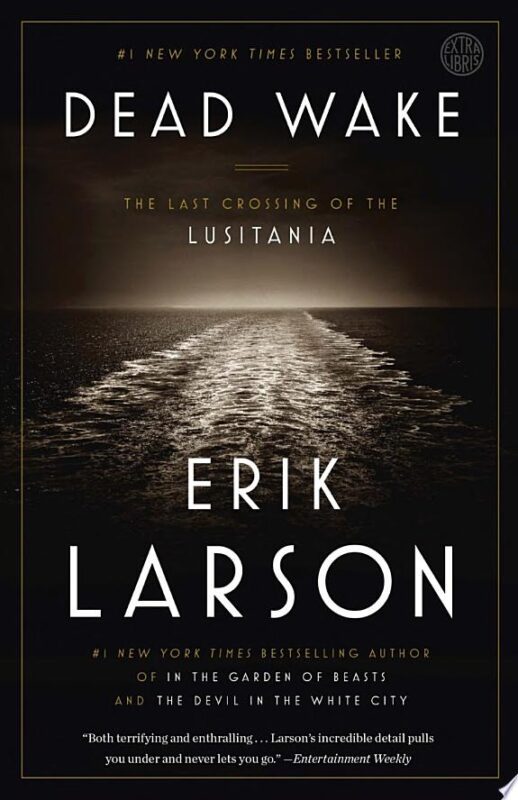DAMAGES INFLICTED AND THE RIGHT TO COMPENSATION
Michael Sean Quinn*
Traditionally, in the common law the damages one was entitled to for the loss of a tangible object was the value of the object at the time of its loss. The most traditional of all causes of action for which this was what we now call the tort of conversion, i.e., the taking away of personal property.
In J [and] D, LLC v. American Alternative Insurance Corporation, #14-0574 (Texas Supreme Court, January 8, 2016), the Court adopted the view that the actionable monetary loss (injury) from the loss-of-use of a tangible object of personal property, including its total destruction, justified an award of compensation. As I have written elsewhere about this case recently. Undoubtedly it represented a change in the (at least perceived) law, for such loss-of-use damages had been (it has been generally received) available for 100 years or so, for injury or damage to personalty which was not total destruction.
As I have already written, this opinion is a remarkable opinion in several ways, including its exploration of Texas legal history. The court’s main goal in this passage is to show that Texas has been sympathetic to loss-of-use damages for a very long time, and not just for cases involving physical injury to tangible property. The basic case was decided in 1852, Pridgin v. Strickland, 8 Tex. 427, a case based on the conversion of personal property.
Unfortunately, as the Court pretty much said, the beginning of this Texas tradition is to be found in a slave case. The defendant wrongly possessed the plaintiff’s slave, Ben by name. Setting aside procedural matters, a jury award the plaintiff $800 for the value of Ben, and $450 for the loss caused the plaintiff deprivation of Ben’s use. [According to MeasuringWorth.com the “economic power” value of $1250 in 1952 would be $7,070,000.00 in 2014. At the same time this web site warns calculators that there are number of ways to measure changes in the values of money–certainly U.S. money–over time, and it is clear to me that this is largest difference.]
In any case the defendant set up the argument that loss-of-use was not recoverable, but the Texas Supreme Court rejected that view since loss-of-use was a compensable loss. Thus Ben’s owner was entitled not only to the value of Ben but the to value of Ben’s work. (It may be of interest to legal history buffs that the Court cites the “most deplorable,” case of Fail’s Adm’r. v. Presley’s Adm’r., 50 Ala. 342 (1874)(pre-Civil War death of slave from horrendous beating).
The reader should keep in mine why the Case of Ben is being discussed at all by the Texas Supreme Court. It is solely for the purpose of indicating how long recoverable loss-of-use damages have been central to Texas jurisprudence. The illustrative character of the case has nothing to do with the fact that the chattel involved was a human being
*Michael Sean Quinn
1300 West Lynn Suite 208
Austin, TX 78703
Phone: 512-296-2594
Cell:512-656-0503
Fax: 512-344-9466
Email: mquinn@msqlaw.com





Recent Comments